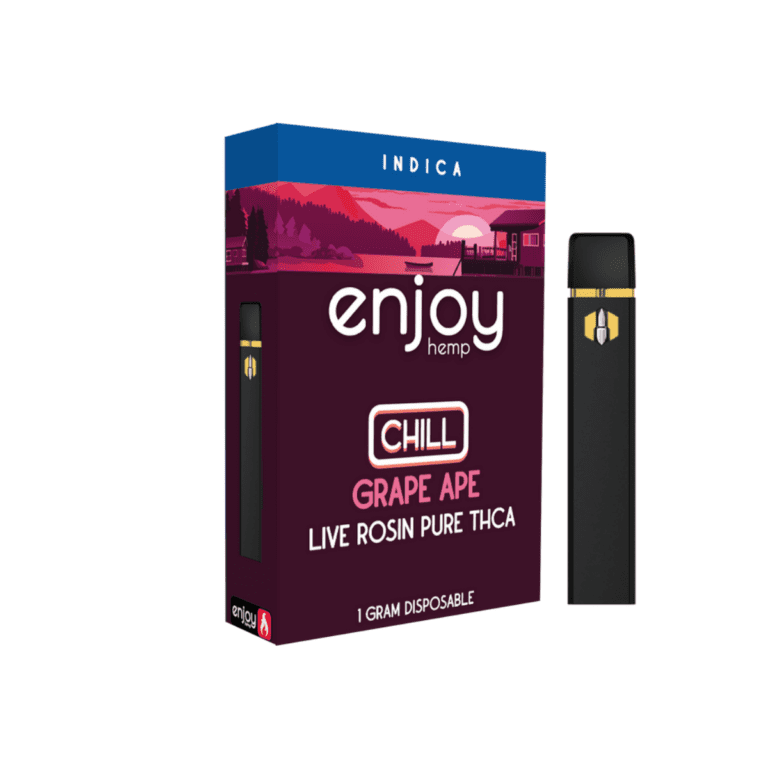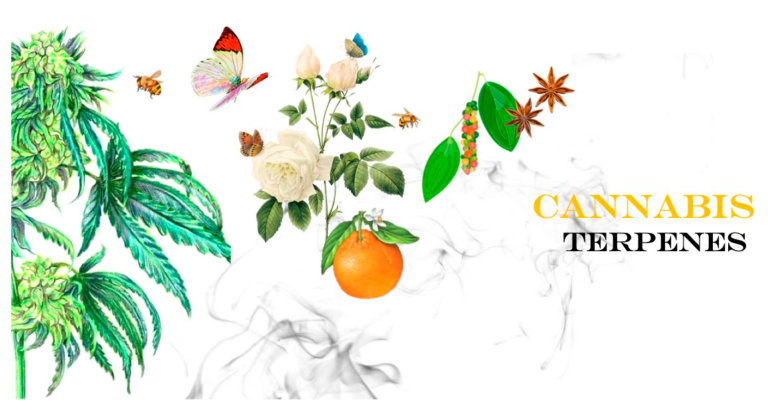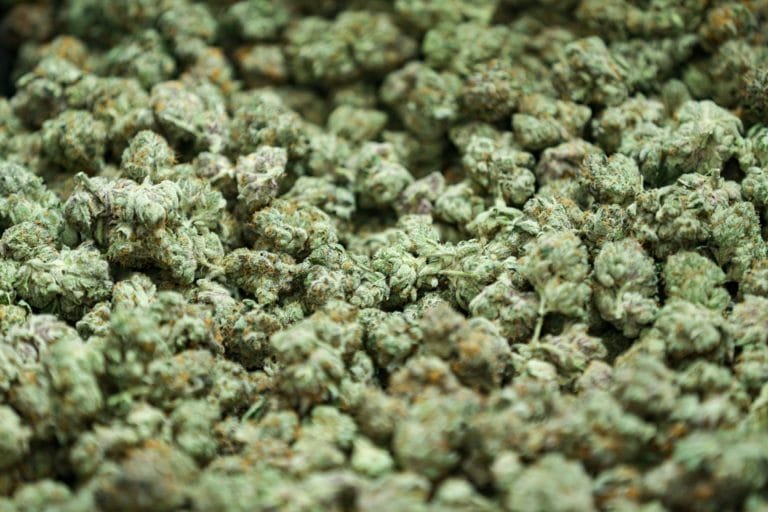How Is Delta 9 Flower Made
Delta-9 flower is gaining popularity as consumers seek more natural ways to experience the benefits of Delta-9 THC, the primary psychoactive compound found in cannabis. Known for its potent effects, Delta-9 flower offers users a balanced experience that captures the essence of the cannabis plant. Creating Delta-9 flower, however, is a meticulous process requiring knowledge of cultivation, extraction, and quality control.
Understanding Delta-9 THC and Its Natural Origins
Delta-9 tetrahydrocannabinol, or Delta-9 THC, is the main psychoactive cannabinoid in cannabis that produces the characteristic “high.” Naturally occurring in cannabis, Delta-9 THC interacts with the endocannabinoid system in the human body to influence mood, perception, and relaxation. Delta-9 flower refers to cannabis flower with a high concentration of this cannabinoid, which is often achieved through selective cultivation and post-harvest processes.
Creating a high-quality Delta-9 flower requires attention to detail at every stage, from the growing environment to the curing process. Each step is carefully managed to enhance the THC content and ensure the flower’s purity and potency.
Cultivating the Delta-9 Flower
The journey to creating Delta-9 flower begins with the cultivation of specific cannabis strains. Growers select strains known for their high Delta-9 THC content, such as certain sativa, indica, or hybrid varieties. These strains are often genetically optimized to produce high THC levels while maintaining other desirable attributes, like aroma, flavor, and cannabinoid balance.
Cannabis plants thrive in controlled environments where light, temperature, humidity, and nutrients are closely managed. Indoor or greenhouse cultivation is commonly used, as it allows for precise control over the conditions, promoting robust growth and higher THC concentrations.

The plants are grown through a vegetative phase, where they build strong stems and leaves, followed by a flowering phase, which is where the THC-rich buds develop. During the flowering phase, growers adjust conditions to encourage maximum cannabinoid production.
Harvesting and Trichome Development
Harvesting is a critical moment in the creation of Delta-9 flower. Timing is essential, as the plants need to reach peak cannabinoid and terpene levels before they’re cut. Skilled growers monitor the development of trichomes—the small resinous glands on the cannabis flower that contain most of the plant’s cannabinoids and terpenes. Trichomes change color as they mature, and growers use this as a cue to determine when the Delta-9 THC content is at its highest.
After harvest, the flowers are trimmed to remove excess leaves and stems, which can affect the final product’s purity and potency. Trimming also enhances the appearance of the flower, making it more appealing to consumers.
Drying and Curing: Preserving Potency and Flavor
Once harvested and trimmed, the Delta-9 flower must be dried and cured, an essential process to preserve potency, flavor, and quality. During drying, the flower is hung or placed on drying racks in a controlled environment with optimal humidity and temperature. This step reduces moisture content, preventing mold growth and preserving the cannabinoids and terpenes.
After drying, the flower undergoes curing. Curing involves storing the dried flower in airtight containers and periodically “burping” them, or opening the containers to release built-up moisture. This process can take several weeks, allowing the cannabinoids and terpenes to fully develop and stabilize. Proper curing is essential to achieving the rich, aromatic profile and the full psychoactive potential of Delta-9 flower.
Quality Control and Testing
Delta-9 flower must meet specific quality standards to ensure safety and potency. Testing labs analyze the flower to verify Delta-9 THC levels and check for contaminants such as pesticides, mold, and heavy metals. This testing is vital for creating a safe, high-quality product and meeting regulatory requirements in legal markets.
Through testing, producers can accurately label the THC content, giving consumers clear information about the potency of the flower. Many reputable brands also test for terpene profiles, which add distinctive flavors and aromas to the Delta-9 flower. The final product undergoes inspection to meet appearance, aroma, and texture standards before being packaged.
Final Packaging and Storage
Packaging is the final step in the creation of Delta-9 flower. Proper packaging helps preserve freshness and potency, often using airtight, light-resistant containers to shield the flower from moisture, air, and light. Packaging also plays a role in branding and consumer education, displaying key information about the Delta-9 THC content, strain, terpene profile, and recommended storage conditions.
Delta-9 flower should be stored in a cool, dark place to prevent degradation of the cannabinoids and terpenes. Consumers are encouraged to keep the flower in its original container or transfer it to a similar airtight container for long-term storage, ensuring a consistent and potent experience.
Conclusion
Creating Delta-9 flower is a detailed and precise process that begins with the careful cultivation of cannabis strains rich in Delta-9 THC. From selecting the right strain to meticulous harvesting, drying, curing, and testing, each step is essential in achieving a potent and high-quality product. By focusing on each stage with expertise, cultivators produce a Delta-9 flower that provides a safe, effective, and enjoyable experience for cannabis enthusiasts.
Delta-9 flower offers users a natural and potent way to enjoy the psychoactive effects of THC, blending traditional cannabis culture with modern quality standards. As demand grows, so does the innovation in cultivation and production methods, providing consumers with ever-increasing access to quality Delta-9 flower that meets the highest standards of potency, purity, and safety.







